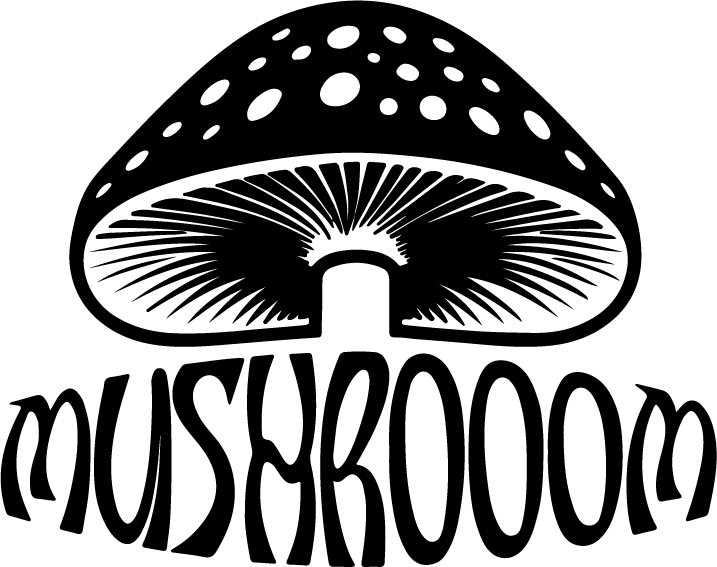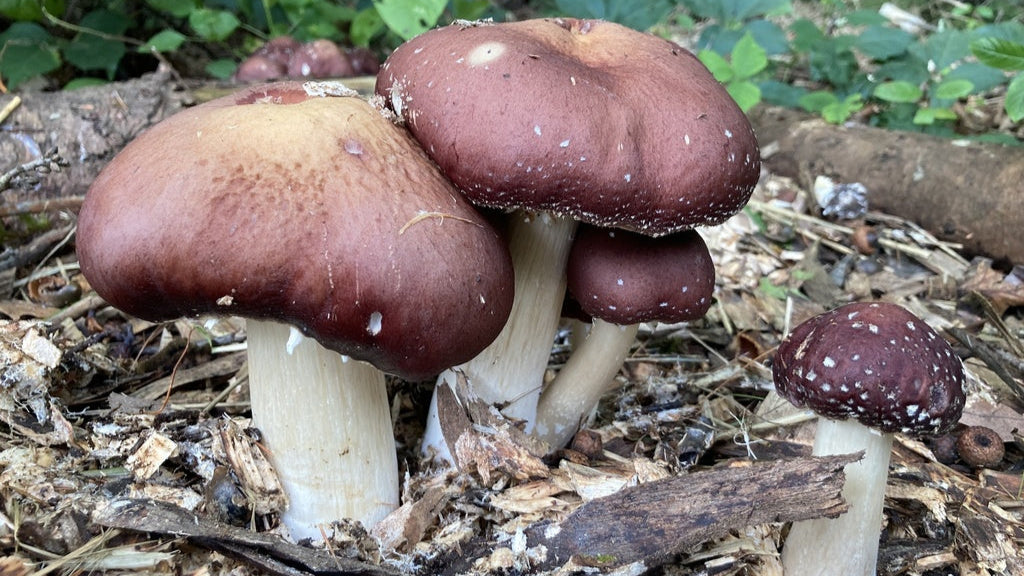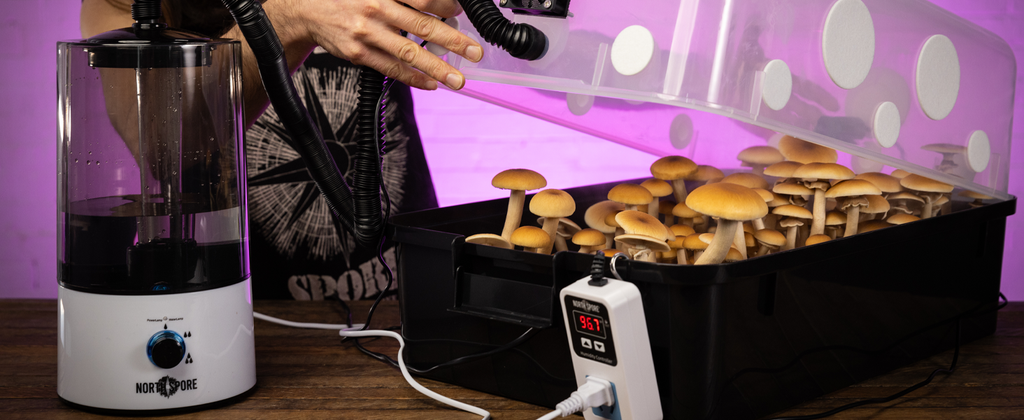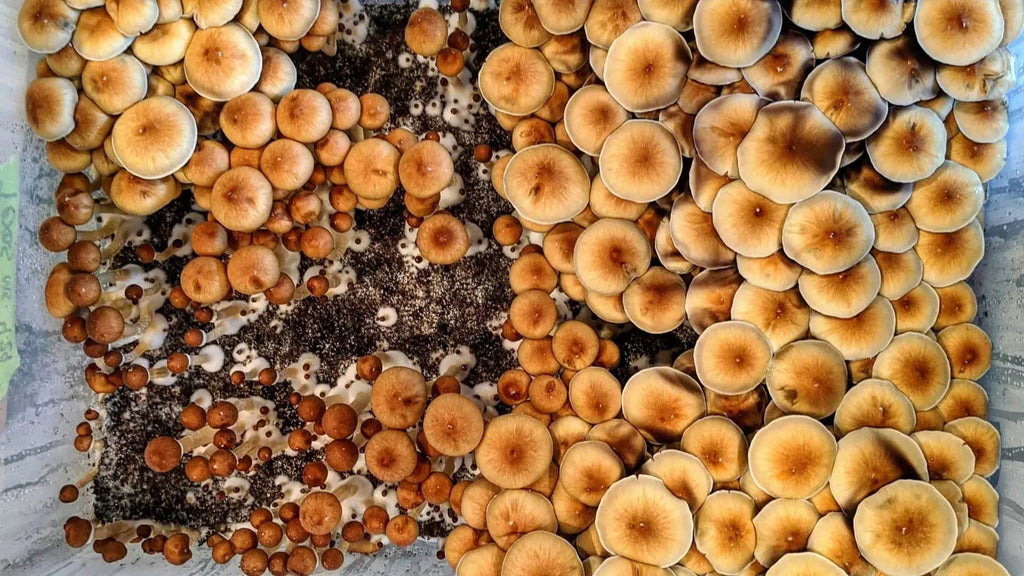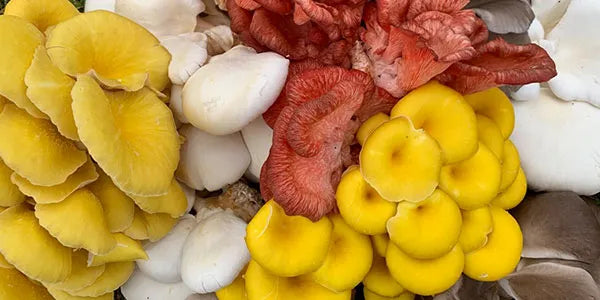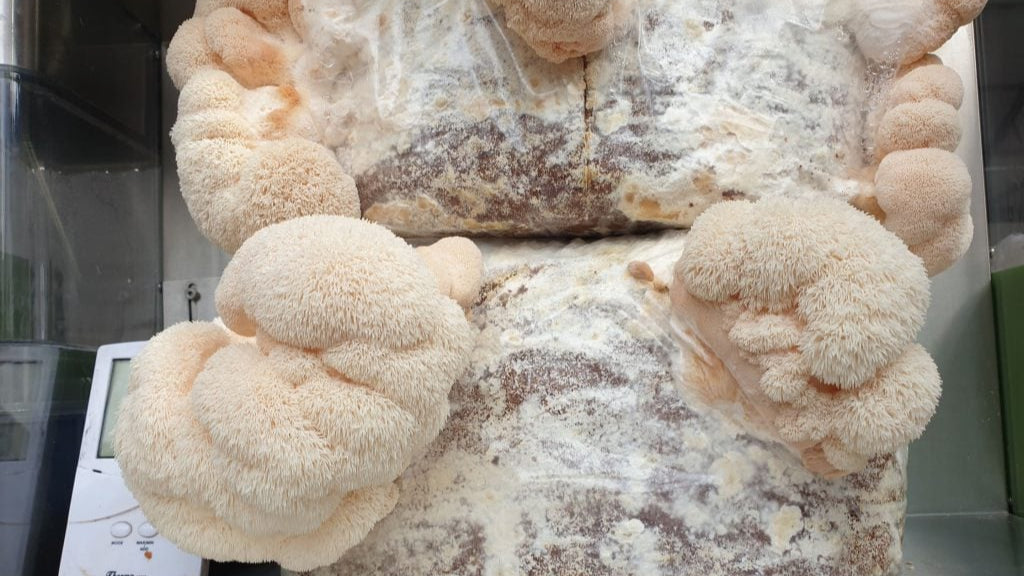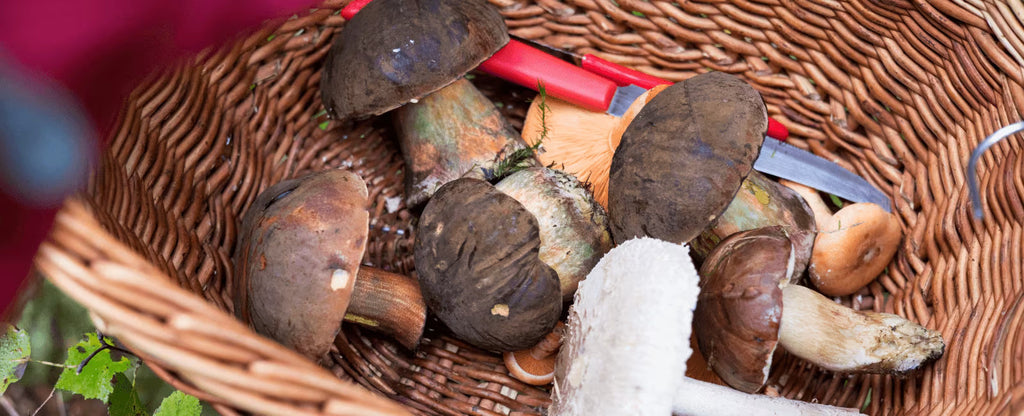
When, Where & How to Find Wild Mushrooms

Mushroom foraging is more than just a hobby—it’s a way to connect with nature, discover delicious wild foods, and enjoy the changing beauty of the seasons. Whether you’re a seasoned mycophile or a curious beginner, understanding when and where to forage for mushrooms in North America can make your adventures more fruitful (and safer).
In this seasonal guide, we’ll explore the best times of year to forage mushrooms, the top North American regions to find them, and tips for safe and sustainable harvesting.
Why Mushroom Foraging is Seasonal
Wild mushrooms thrive under specific temperature, moisture, and daylight conditions. Different species emerge in different seasons, meaning your foraging trips will change throughout the year.
Spring brings delicate, short-lived delicacies.
Summer offers an abundance of edible varieties after rains.
Autumn is peak mushroom season for most foragers.
Winter holds a few hardy species for those willing to brave the cold.
Spring Mushroom Foraging (March–May)
Spring is the season of fresh, earthy flavors.
Common Finds:
Morel Mushrooms – Coveted for their honeycomb caps and nutty taste. Look in damp woodlands near ash, elm, and apple trees.
Oyster Mushrooms – Often found growing on fallen logs after spring rains.
St. George’s Mushrooms – Appear around late April in grassy meadows and woodland edges.
Best Spots in North America:
Pacific Northwest – Oregon’s Willamette Valley & Washington’s Cascade foothills are morel hotspots.
Midwest – Michigan, Wisconsin, and Illinois have legendary morel seasons.
Appalachian Region – West Virginia, Kentucky, and Tennessee forests burst with oysters and morels after spring rains.
Foraging Tip: Spring mushrooms often appear after a few days of warm weather followed by rain. Carry a mesh bag to help spores spread.
Summer Mushroom Foraging (June–August)
While hot weather slows growth, summer rains bring flavorful varieties.
Common Finds:
Chanterelles – Golden, funnel-shaped mushrooms with a fruity aroma.
Chicken of the Woods – Bright orange and growing in shelves on hardwoods.
Black Trumpets – Deeply flavored, almost truffle-like.
Best Spots in North America:
Blue Ridge Mountains (Virginia to Georgia) – Moist, shaded slopes yield chanterelles.
Northern California & Oregon Coast Ranges – Summer fog keeps forests damp for trumpet and oyster mushrooms.
Great Lakes Region – Mixed hardwood forests offer chicken of the woods in mid-summer.
Foraging Tip: Search in shaded woodland areas after summer thunderstorms for the best yields.
Autumn Mushroom Foraging (September–November)
Autumn is prime time—cool, damp weather is ideal for fungi.
Common Finds:
Porcini (Cep) – Nutty, meaty mushrooms prized in cuisine.
Shaggy Ink Caps – Tall, white, turning black as they age—best eaten fresh.
Honey Fungus – Found on dead or dying wood (must be cooked well).
Best Spots in North America:
Pacific Northwest – Washington’s Olympic Peninsula & Oregon Coast are porcini havens.
Northeast – Vermont, New Hampshire, and upstate New York are rich in mixed hardwoods.
Rocky Mountains – Colorado and Montana slopes host porcini in early fall.
Foraging Tip: Autumn forests hold both edible and toxic species—carry a guidebook or ID app.
Winter Mushroom Foraging (December–February)
Few species grow in winter, but hardy ones reward the effort.
Common Finds:
Velvet Shank – Bright orange caps, thriving in frost.
Wood Ear (Jelly Ear) – Found on elder trees.
Enoki – Wild ones are small with dark caps.
Best Spots in North America:
Pacific Northwest – Mild coastal winters keep mushrooms active.
California’s Bay Area – Redwood forests and oak woodlands yield winter oysters and velvets.
Southeast Coastal States – Georgia and Florida offer warm enough winters for wood ears and oysters.
Foraging Tip: Winter species are frost-resistant but still check for decay.
Safety & Sustainability in Mushroom Foraging
Never eat a mushroom unless you’re 100% sure it’s safe. Many edible species have toxic look-alikes.
Use reputable field guides or join local mycology clubs.
Harvest responsibly—leave some behind for wildlife and spore dispersal.
Respect private property and follow regional foraging regulations.
Final Thoughts
Mushroom foraging in North America offers year-round opportunities—from spring morels in the Midwest to winter oysters in the Pacific Northwest. By learning seasonal patterns and knowing where to look, you can enjoy a rewarding, sustainable, and delicious hobby.
Keep a foraging diary with dates, locations, and weather patterns—it will help you predict future harvests and make each season more successful.
